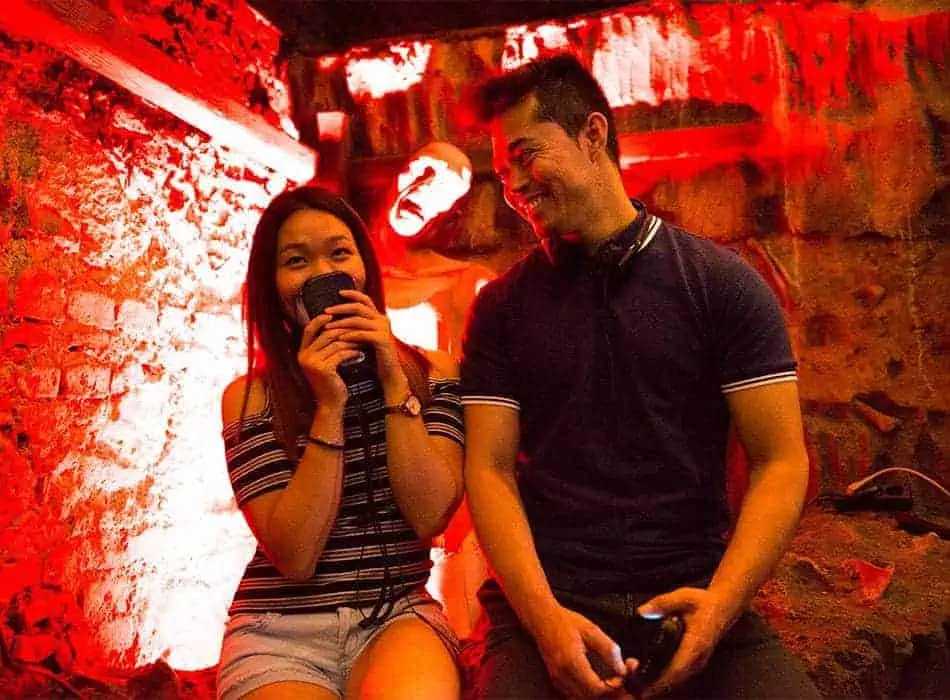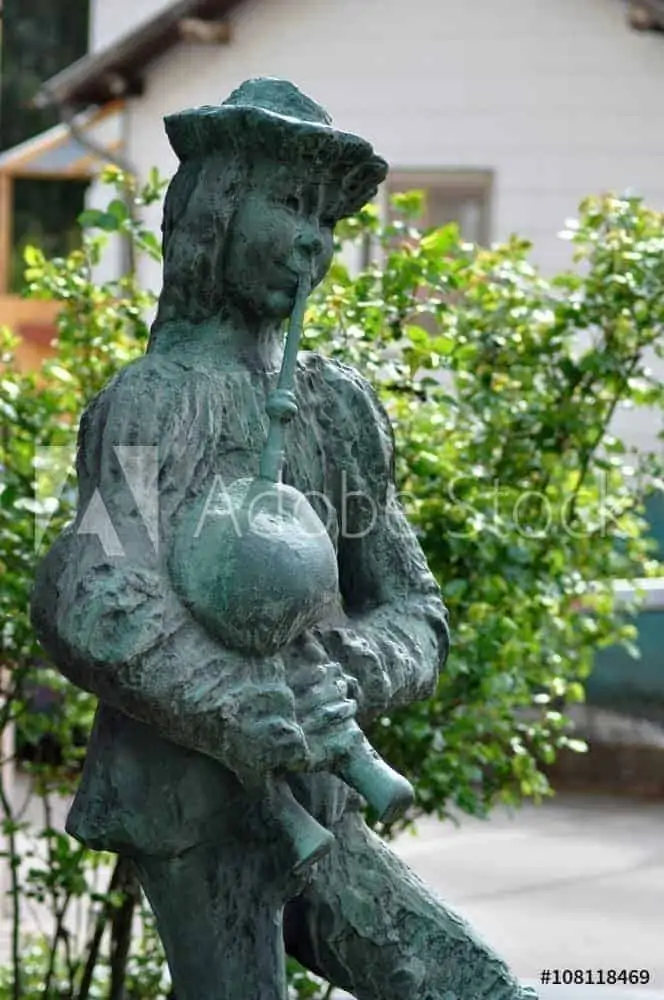The plague pit
Feel like you’ve been transported back to Vienna’s last great plague epidemic in 1679.

What does a plague doctor look like and what does it feel like to stand in the middle of a plague pit? At Time Travel you will experience what life was like in Vienna at the time of the plague and why even the plague can be survived with humor, wine and song. Augustin, a street musician, becomes famous during the plague when he falls down drunk one day and is taken to a plague pit outside the city. Only the next morning is he pulled out again, singing, and has been known to all Viennese ever since through the song “Oh you dear Augustin”.
The plague
Today, the plague is still considered the worst disease in history. The term plague was originally used to describe any disease that was of an epidemic and deadly nature . The Roman emperor Marcus Aurelius is said to have died of the plague in Vienna.
The plague has plagued the city of Vienna at regular intervals since the Middle Ages and was an integral part of Viennese life. Vienna suffered particularly from the great plague of 1679 and the plague column on the Graben is still a reminder of this today.
It was the Baroque era and all of life was a theater. The Spanish etiquette at court, the fashion with the huge hoop skirts and allonge wigs, the lace-trimmed vests and the high heels, and even the emphasis on the differences in rank between the individual social estates and classes.
However, not much had changed in the streets and squares since the Middle Ages. The alleyways were still dark and narrow, sometimes unpaved and full of pits and swamps.
Viele Dekrete mit dem Aufruf zur Sauberkeit sind überliefert. Es gab den Befehl Schmutz, Dreck und tote Tiere nicht auf die Gassen zu werfen, sondern vor die Stadt hinaus zu tragen.

Whereas in the Middle Ages, cleaning bodies in bathing establishments was an integral part of Viennese life, people now feared contracting syphilis. This led to a preference for powder, perfume and wigs. Fleas and lice multiplied rapidly.
The noble ladies wore tubes smeared with honey under their skirts to catch the annoying parasites. Personal hygiene had reached a catastrophic low point.
Life during the plague

The doctors, bathers and healers were at a loss. They had their own plague doctors, so-called beak doctors . They wore a long, waxed robe and their faces were protected by a mask with a duckbill-like protrusion . In this beak were herbs and liquids, called theriac, which were supposed to protect against the “vapors” of the sick.
They wore gloves over their hands . To avoid having to get too close to the sick, they gave their instructions with a pointer. They provided bloodletting, sweating cures and Theriak treatments, but none of this could prevent around 100,000 Viennese from dying.
The last plague epidemic took place in Vienna in 1713 . Better hygiene and attempts to eradicate rats made it possible tocontain the plague in Europe from around 1740 .
It was not until 1894 that the Swiss Alexandre Yersin discovered the plague pathogen and the rapid introduction of antibiotics put an end to the constant threat in Vienna. However, the plague has not been eradicated. From Madagascar, Congo and Peru to the USA, plague deaths still occur and infection is still possible.
Oh, dear Augustin!
The “Dear Augustin” (actually Markus Augustin) is said to have actually existed in Vienna (1643-1685). Because of his indestructible sense of humor, the bagpipe player Augustin was dear to the Viennese during the plague.
He was generally known as “dear Augustin” and that’s how we remember him. He was a well-known balladeer and bagpiper who lived in St. Ulrich (today’s Neubau district) and preferred to perform in pubs such as the “Roter Hahn”, the “Gelber Adler” or the “Zum roten Dachl” beer house on the Fleischmarkt, today’s Griechenbeisl.
In 1679, when the plague repeatedly raged in Vienna, dear Augustin sits alone one evening in the beer house “Zum roten Dachl”, as most people at home are mourning for their loved ones and are afraid of further infections and therefore do not leave the house.
So he drinks alone and then staggers through the streets of Vienna, heavily drunk, falls down, remains lying down and immediately falls fast asleep. He does not notice when the plague servants come by with the hearse and load him up. They dump the dead into the plague pit near St. Ulrich, where the Augustinbrunnen fountain is located today.

As dawn breaks, Augustin wakes from his deep sleep and is dazed. He realizes that he is sitting on a pile of corpses and it dawns on him what has happened. Out of his mind with horror and fear, he screams desperately for help, but no one can hear him. So he grabs his bagpipes and starts to play.
Den Tönen folgend treten die morgendlichen Kirchgänger an die Pestgrube und finden Augustin. Sofort helfen sie ihm aus der Grube. Man glaubt an ein Wunder, dass er die Nacht mit den Toten verbracht hat, ohne sich anzustecken. Augustin lebte noch lange kerngesund und erfreute die Wiener mit seiner Musik.

Painting in Vienna
